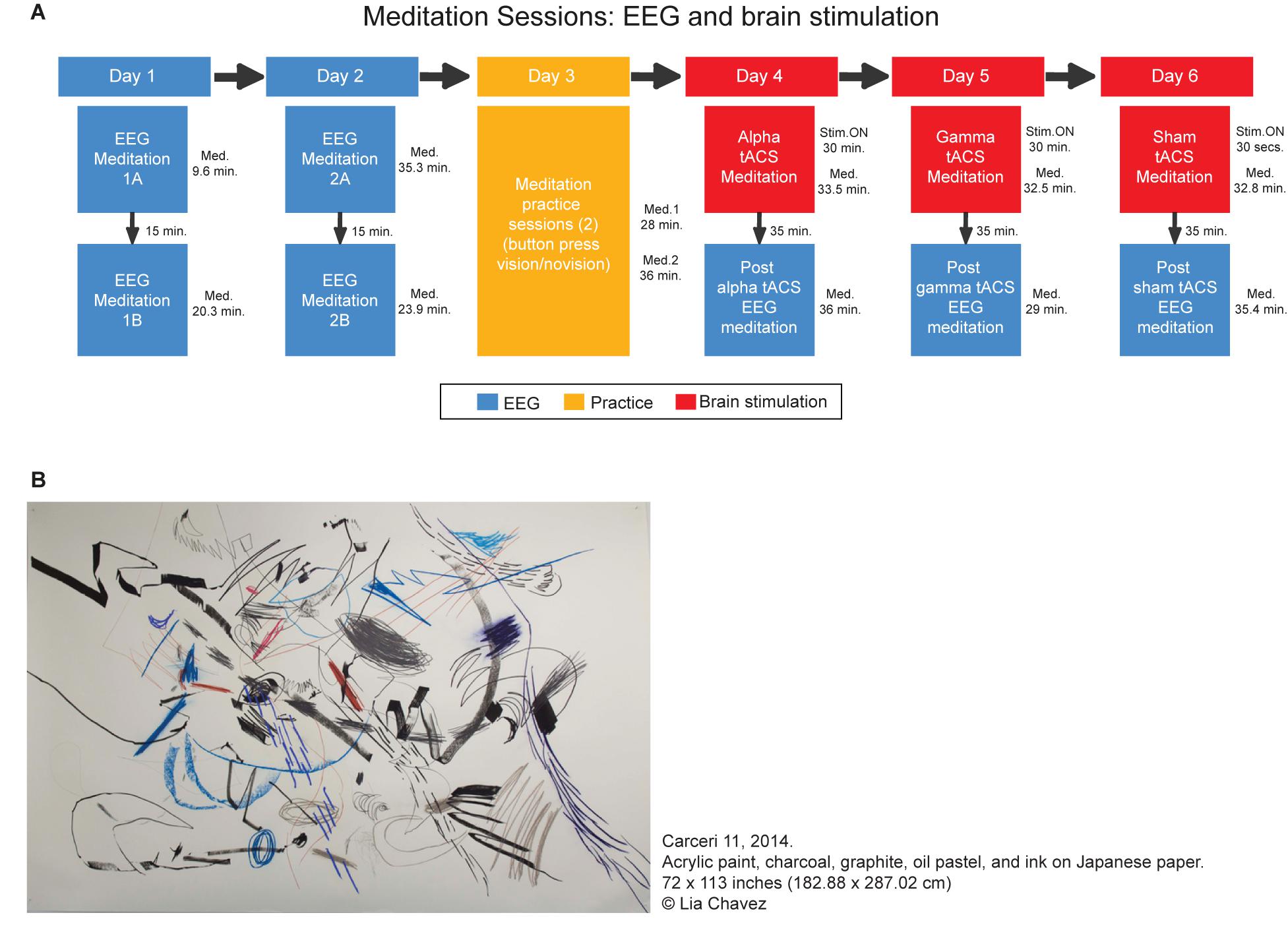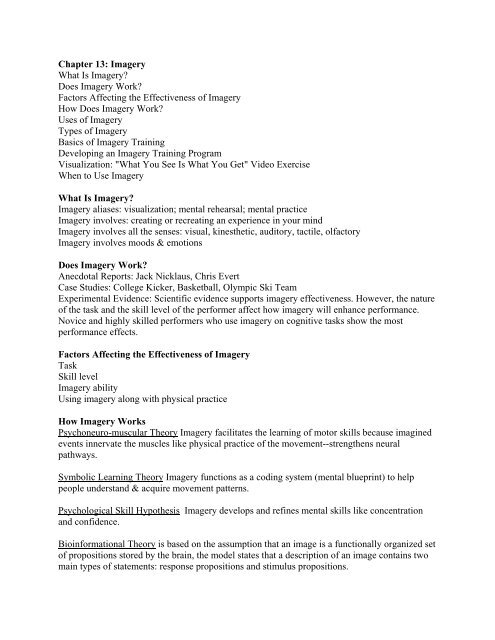

The intelligence involved in this ability to recognize tone, rhythm, timbre, and pitch is musical intelligence. These “musical smart” people are usually more sensitive to sounds that most individuals aren’t aware of. While other people gravitate towards nature, there are also those who tend to be drawn to the musical arts. This type of intelligence is also seen in the way consumers discriminate among products. Today, naturalistic intelligence remains a vital component of roles like being a chef or botanist. Farming and hunting were clearly among the activities that relied on this type of intelligence. In the past, the naturalist intelligence was undoubtedly of great value in a person’s survival. This is the ability to distinguish among nature’s different features such as animals, plants, rock configurations, cloud formations, and other such things. Naturalistic intelligence refers to a human being’s sensitivity to the natural world. Naturalistic IntelligenceĮver wonder why certain people are able to connect with animals just like that? Have you ever encountered someone that posses what is commonly referred to as a “green thumb”? Well, those people are great examples of “nature smart” individuals. So without further ado, I present to you the nine different types of intelligence: 1. Thus limiting the definition of intelligence is detrimental to our understanding of how the human brain works. The premise of Gardner’s theory is that someone can be extremely bad at math yet be the best of the best in another field, such as music.


Framing intelligence in the way Gardner does disrupts the old mold of thinking in which intelligence was ultimately a measure of (what Gardner would call) logical-mathematical intelligence.

Gardner argues that there is no one true way to measure intelligence and that the human brain is wired with a wide range of cognitive abilities. Since then, the Multiple Intelligences theory been used as one of the primary models for research that has gone on concerning human cognition. This categorization of intelligence was first theorized by developmental psychologist Howard Gardner in his 1983 book, Frames of Mind: The Theory of Multiple Intelligences. Intelligence is broken down into nine different types, also called the nine domains of intelligence.


 0 kommentar(er)
0 kommentar(er)
